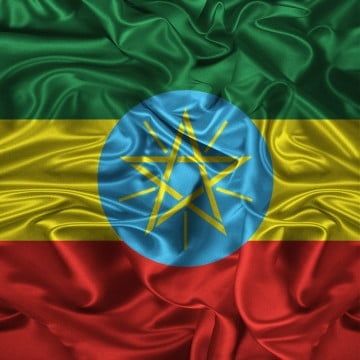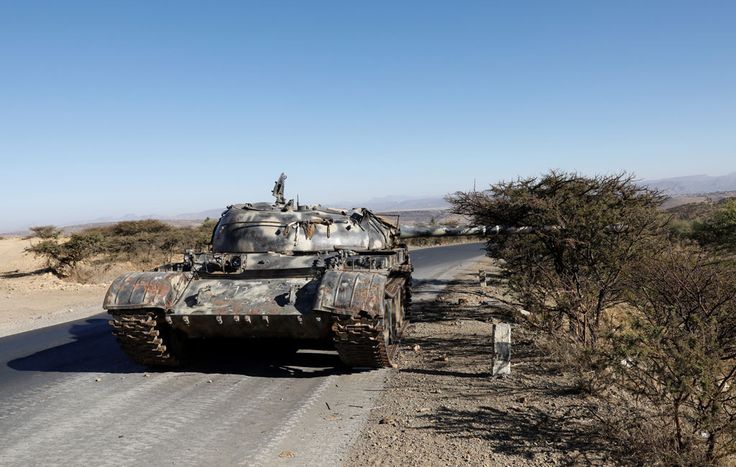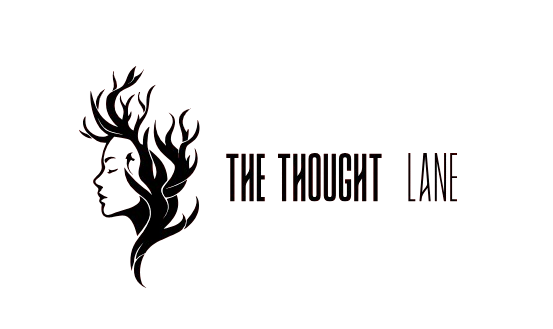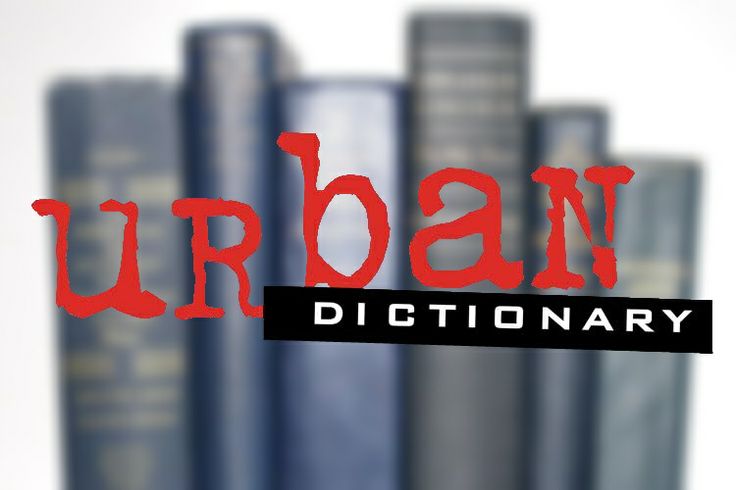The Ethiopia war has returned to global headlines, capturing attention with its devastating humanitarian consequences, complex ethnic tensions, and fragile political landscape. What started as a localized conflict in the Tigray region has evolved into one of the most harrowing and multilayered crises in recent African history. With thousands dead, millions displaced, and regional instability mounting, the Ethiopia war is a tragedy the world can no longer afford to overlook.
Ethiopia War: A Brutal Conflict in the Horn of Africa
To understand the Ethiopia war, it’s essential to look at its roots. The conflict began in November 2020 when Ethiopian Prime Minister Abiy Ahmed ordered a military operation against the Tigray People’s Liberation Front (TPLF). The TPLF had dominated Ethiopian politics for nearly three decades before Abiy came to power in 2018. Tensions between the federal government and TPLF escalated into full-blown war after months of political discord.
The government accused the TPLF of attacking a federal army base, prompting retaliation. What followed was not a quick military victory but a prolonged and bloody war involving horrific civilian casualties, famine-like conditions, and accusations of war crimes from both sides.
Humanitarian Catastrophe Unfolds Amid the Ethiopia War
As the Ethiopia war intensified, the humanitarian toll grew unbearable. Over 2.5 million people have been displaced, and at least 600,000 have lost their lives according to recent independent reports. Civilians have faced indiscriminate shelling, mass rape, starvation, and the collapse of medical infrastructure.
The United Nations and multiple NGOs have called the crisis one of the worst in the world, with children dying of hunger, hospitals bombed, and villages razed to the ground. International aid convoys have been blocked repeatedly, worsening the suffering.

Ethiopia War and Ethnic Tensions: A Dangerous Nexus
The Ethiopia war is not just about politics—it’s deeply rooted in ethnic fault lines. Ethiopia is a diverse country, home to more than 80 ethnic groups. While the war began with Tigray, it quickly spread to the Amhara and Afar regions, and now even Oromia is seeing sporadic conflict.
These battles are not just between militias and the federal army—they often involve ethnic militias targeting civilians of rival groups. Ethnic profiling, mass arrests, and hate speech have become common, turning the Ethiopia war into an ethnic powder keg.
The Role of Eritrea in the Ethiopia War
A shocking twist in the Ethiopia war was the involvement of Eritrean troops. Despite being a separate nation, Eritrean forces entered Ethiopia to support federal troops against the TPLF. Eyewitnesses and human rights groups documented atrocities committed by Eritrean soldiers, including mass killings in towns like Axum.
This intervention internationalized the conflict and raised questions about regional power dynamics. Eritrea, often considered a pariah state, saw the war as a way to settle old scores with the TPLF, which had long been its enemy during the border war from 1998–2000. https://addisstandard.com/ethiopian-health-professionals-association-suspended-president-links-move-to-support-for-health-workers-strike/
Peace Agreements and Fragile Ceasefires in the Ethiopia War
In late 2022, the Ethiopia war seemed to de-escalate with a ceasefire agreement signed in Pretoria. The TPLF agreed to disarm in exchange for humanitarian access and political talks. However, like many ceasefires before, this one was fragile.
By mid-2024, new skirmishes erupted in northern regions, and reports surfaced of human rights abuses resuming. The Ethiopia war, rather than ending, simply changed form—shifting from large-scale battles to guerrilla tactics and localized insurgencies.
Media Censorship and the Hidden Horrors of the Ethiopia War
One of the most disturbing aspects of the Ethiopia war has been the government’s media blackout. Independent journalists were barred from entering conflict zones, while internet and mobile services were shut down across entire regions.
This censorship made it difficult to verify claims, count the dead, or understand the real situation on the ground. Despite this, brave reporters, whistleblowers, and satellite imagery have provided glimpses into the horror—mass graves, destroyed hospitals, and civilian massacres.
The Role of International Actors in the Ethiopia War
The Ethiopia war has drawn varying responses from the international community. The U.S., European Union, and African Union have all tried to mediate peace and provide humanitarian aid. However, many critics argue these efforts were too slow and inconsistent.
China and Russia, meanwhile, have backed Ethiopia diplomatically, criticizing Western sanctions and framing the conflict as an internal matter. This geopolitical tug-of-war has complicated peace efforts and emboldened hardliners on both sides.
Economic Collapse Amid the Ethiopia War
As the Ethiopia war continues, the country’s economy is crumbling. Inflation has soared to over 35%, food prices have doubled, and the Ethiopian birr has lost massive value. Tourism, once a promising industry due to Ethiopia’s historical sites, has vanished. Foreign investors have pulled out, and unemployment has skyrocketed.
Agriculture—the backbone of Ethiopia’s economy—has been devastated in the war-torn north. With farmers displaced and crops burned, the risk of famine looms large, especially as climate change adds further strain.
Women and Children: The Forgotten Victims of the Ethiopia War
No analysis of the Ethiopia war is complete without acknowledging its impact on women and children. Tens of thousands of women have been victims of sexual violence used as a weapon of war. Children have been forced to fight, lost their parents, or died of starvation.
Girls’ schools were bombed. Hospitals no longer have maternal services. The trauma inflicted will last generations and will likely destabilize not just Ethiopia but the entire Horn of Africa.

The Ethiopia War and Regional Destabilization
The Ethiopia war is not isolated. Its impact has spilled across borders into Sudan, South Sudan, Somalia, and Eritrea. Refugee camps in Sudan are overflowing, and border skirmishes have escalated.
Al-Shabaab, the terror group in Somalia, is exploiting Ethiopia’s instability to expand its reach. Meanwhile, Nile River tensions with Egypt and Sudan over Ethiopia’s dam project are being exacerbated by the ongoing conflict. The war, if unresolved, could set the region ablaze.
The Digital Battlefield in the Ethiopia War
The Ethiopia war has a digital dimension too. Both sides have used social media for propaganda, misinformation, and hate speech. Diaspora communities in the U.S., U.K., and Europe are deeply involved in online activism, some supporting peace and others stoking divisions.
Facebook, Twitter, and TikTok have been criticized for not moderating inciting content. False information has led to real-world consequences, including mob violence and false arrests.
Peacebuilding and the Future of Ethiopia
Despite the horrors, there is still hope for the future. Local peace efforts, community healing, and international mediation offer a path forward. Ethiopia’s youth, the largest in Africa, have started grassroots movements for peace and reconciliation.
NGOs are working on trauma therapy, rebuilding schools, and providing agricultural support. Religious leaders are calling for unity, and some war veterans are joining peace talks.
But for peace to take root, justice must be served. War criminals must be held accountable. A transparent truth-and-reconciliation process is critical. The Ethiopia war cannot simply be forgotten—it must be resolved.
Final Thoughts on the Ethiopia War: A Nation’s Struggle for Survival
The Ethiopia war is a tragedy that continues to unfold. Its devastation is immense, its complexity daunting. Yet the courage of civilians, the voices of peacebuilders, and the resilience of a battered nation provide a glimmer of light.
The world must not turn away. Ethiopia’s war is not just a domestic issue—it’s a global moral challenge. With compassion, justice, and consistent international effort, perhaps a new dawn is still possible.
Frequently Asked Questions (FAQs)
Q1: What triggered the Ethiopia war?
The war began in November 2020 when the federal government launched an offensive against the TPLF after an alleged attack on a military base.
Q2: How many people have died in the Ethiopia war?
Estimates suggest over 600,000 people have died, though exact numbers are hard to verify due to media restrictions.
Q3: Has the Ethiopia war ended?
While there have been ceasefires, conflict continues in some regions with guerrilla warfare and localized violence.
Q4: What is the international community doing about the war?
Efforts include humanitarian aid, sanctions, and mediation talks. However, responses have been slow and often ineffective.
Q5: What can individuals do to help?
Support verified charities, raise awareness on social media, and pressure governments to act through petitions and advocacy.









